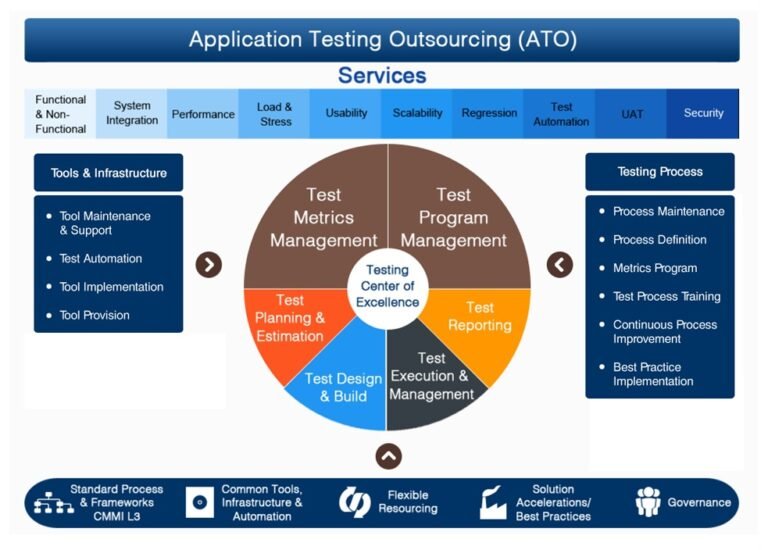In recent years, mental health treatment has evolved far beyond traditional medications and talk therapy. Two innovative options—TMS therapy (Transcranial Magnetic Stimulation) and Ketamine therapy—have emerged as powerful alternatives for individuals struggling with depression, anxiety, PTSD, and other mood disorders. Both treatments target the brain’s chemistry and neural pathways in unique ways, offering new hope for people who have not responded well to standard antidepressants.
This article explores the best TMS therapy and ketamine therapy options available, explaining how they work, their benefits, and how to determine which one might be right for you.
Understanding TMS Therapy
Transcranial Magnetic Stimulation (TMS) is a non-invasive, FDA-approved procedure that uses magnetic fields to stimulate nerve cells in the brain—particularly areas responsible for mood regulation. During a TMS session, an electromagnetic coil is placed on the patient’s scalp near the forehead. The device delivers magnetic pulses that activate regions of the brain that are underactive in individuals with depression.
TMS therapy does not require anesthesia or sedation, and patients can resume normal activities immediately after treatment. A typical session lasts about 20 to 40 minutes, and most patients complete five sessions per week for four to six weeks.
How TMS Therapy Works
TMS works by targeting the prefrontal cortex, a region of the brain involved in emotional regulation. By stimulating this area, TMS promotes increased neuronal activity, helping the brain form new neural connections and rebalance neurotransmitters like serotonin, dopamine, and norepinephrine. Over time, these changes can lead to lasting improvements in mood and cognitive function.
Benefits of the Best TMS Therapy
- Non-invasive and Drug-Free:
TMS does not involve medication or surgery, making it a safe alternative for patients who experience side effects from antidepressants. - Minimal Side Effects:
Most people only experience mild scalp discomfort or headaches, which typically subside after a few sessions. - High Success Rate:
Studies show that up to 70% of patients experience significant improvement in symptoms after completing TMS therapy, and about half achieve full remission. - Long-Lasting Results:
The best TMS therapy programs can produce effects that last for months or even years, especially when combined with therapy or lifestyle adjustments. - Effective for Treatment-Resistant Depression:
TMS is especially beneficial for individuals who have tried multiple antidepressants without success.
Understanding Ketamine Therapy
Ketamine therapy has gained significant attention as a fast-acting treatment for depression and other mood disorders. Originally used as an anesthetic, ketamine has been repurposed in lower doses to treat mental health conditions. Unlike traditional antidepressants that can take weeks to work, ketamine can relieve depressive symptoms within hours or days.
Ketamine therapy can be administered in several ways:
- IV Infusions (Intravenous): The most common and effective method.
- Intranasal Sprays: Such as esketamine (Spravato), FDA-approved for treatment-resistant depression.
- Intramuscular Injections: Often used in clinical settings for controlled dosing.
How Ketamine Therapy Works
Ketamine acts on the brain’s glutamate system, rather than serotonin or dopamine like traditional antidepressants. It enhances neuroplasticity—helping the brain form new connections—and increases the release of brain-derived neurotrophic factor (BDNF), which promotes neuronal growth and healing. This rapid neurochemical shift can lead to fast relief from depression, anxiety, and suicidal thoughts.
Benefits of Ketamine Therapy
- Rapid Relief from Depression:
Many patients notice significant improvement within hours after a session, making it a valuable option for those in crisis. - Effective for Treatment-Resistant Conditions:
Ketamine therapy often works for individuals who have not responded to standard medications or psychotherapy. - Reduces Suicidal Ideation:
Ketamine has shown remarkable results in reducing suicidal thoughts, providing critical support during mental health emergencies. - Improves Mood and Cognitive Function:
Patients often report better focus, motivation, and emotional stability after completing a course of ketamine treatments. - Safe Under Professional Supervision:
When administered in a controlled medical setting, ketamine therapy is both safe and effective.
TMS Therapy vs. Ketamine Therapy: What’s the Difference?
While both TMS and ketamine therapy are innovative and effective, they work through different mechanisms and suit different patient needs.
|
Feature |
TMS Therapy |
Ketamine Therapy |
|
Method |
Non-invasive magnetic stimulation |
IV infusion, nasal spray, or injection |
|
Mechanism |
Activates underactive brain regions |
Modulates glutamate and increases neuroplasticity |
|
Onset of Effects |
Gradual (2–4 weeks) |
Rapid (hours to days) |
|
Duration of Results |
Long-lasting (months to years) |
Moderate (weeks to months) |
|
FDA Approval |
Major Depressive Disorder, OCD |
Treatment-resistant depression (Spravato) |
|
Ideal Candidate |
Prefers drug-free, long-term treatment |
Needs fast relief or has severe symptoms |
|
Side Effects |
Mild headache or scalp discomfort |
Temporary dizziness or dissociation |
Both treatments can be highly effective, and in some cases, they may even be used together for enhanced results.
Who Should Consider TMS or Ketamine Therapy?
If you’re struggling with depression or anxiety that hasn’t improved with traditional therapy or medication, either TMS or ketamine therapy may be worth exploring. You may be a good candidate if you:
- Have tried two or more antidepressants without success
- Experience side effects from medication
- Prefer a non-invasive or non-daily treatment approach
- Need rapid relief from severe depressive symptoms
A qualified mental health provider or psychiatrist can assess your specific condition and recommend the most effective option.
Finding the Best TMS Therapy and Ketamine Therapy Near You
When searching for the best TMS therapy or ketamine therapy, look for clinics that:
- Have Licensed Medical Professionals: Ensure treatments are administered by experienced psychiatrists or certified clinicians.
- Offer Personalized Care Plans: The best centers tailor treatment protocols to your mental health history and goals.
- Provide Comprehensive Support: Look for programs that combine TMS or ketamine with talk therapy, lifestyle guidance, and follow-up care.
- Maintain a Safe and Comfortable Environment: Professional clinics should monitor your progress closely and adjust treatments as needed.
Reading patient testimonials, reviewing clinical outcomes, and consulting with mental health professionals can also help you make an informed choice.
Final Thoughts
Both TMS therapy and ketamine therapy represent major advancements in modern mental health care. They offer effective, evidence-based alternatives for individuals who have struggled to find relief from depression, anxiety, PTSD, or other mood disorders through conventional treatments.
If you are seeking lasting change, improved emotional well-being, and renewed hope, exploring the best TMS therapy or ketamine therapy near you could be the next important step on your journey toward healing. With professional guidance and the right treatment plan, a brighter and more balanced life is within reach.





